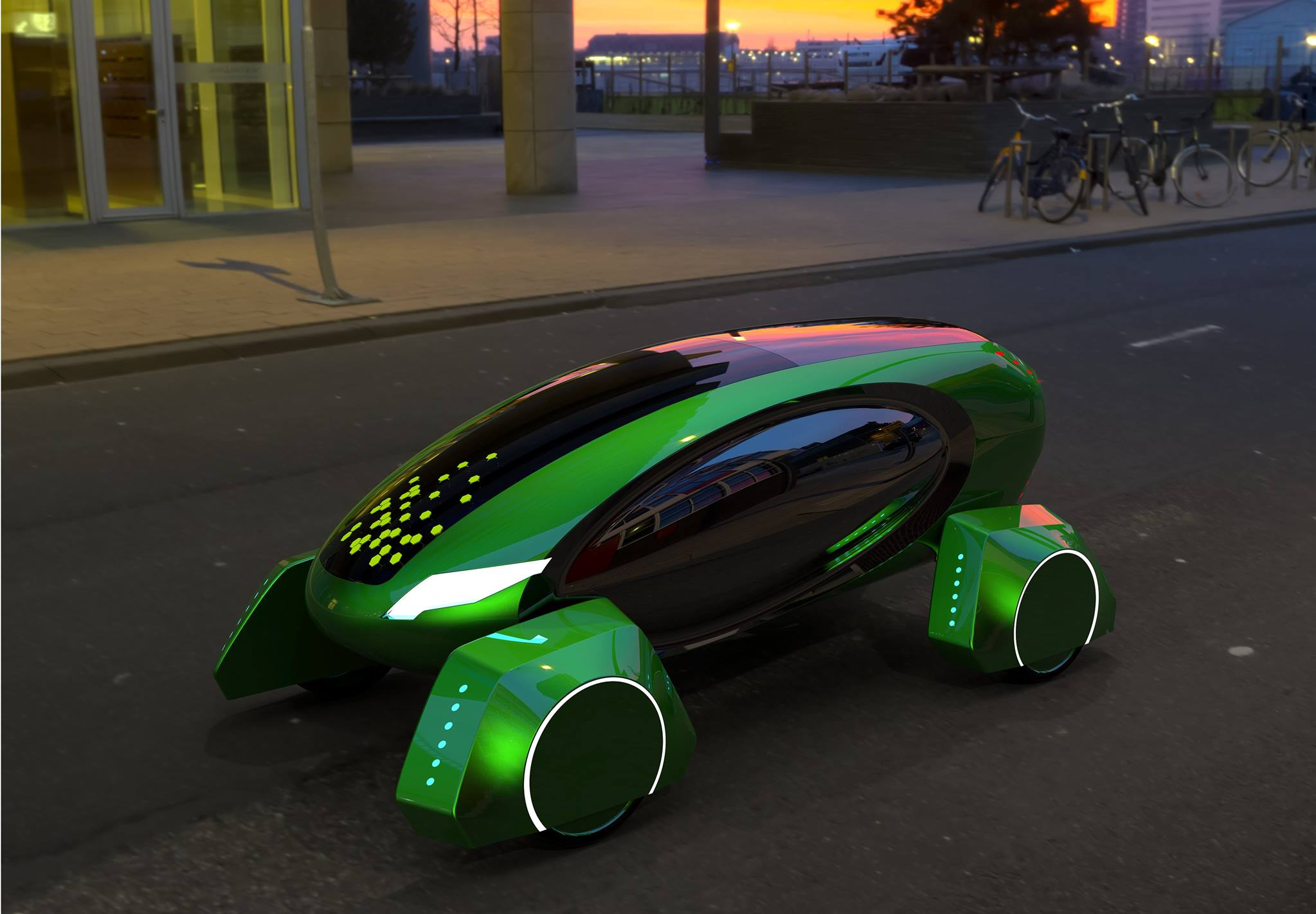Last Updated on: 20th December 2023, 01:45 pm
Rapid technological advancements are changing consumer preferences, and the world of advertising is undergoing a transformative evolution. Traditional advertising methods are facing unprecedented challenges, and marketers are adapting their strategies to stay ahead in an increasingly competitive landscape.
Digital Domination: The Rise of Online Advertising
The advent of the internet has ushered in a new era of advertising, with digital platforms taking centre stage. Online advertising has become the linchpin of marketing strategies for businesses across industries, offering unparalleled reach and targeting capabilities. Social media giants like Facebook, Instagram, and Twitter have become virtual battlegrounds for brands vying for consumer attention.
As consumers spend more time online, advertisers are allocating larger portions of their budgets to digital channels. The ability to track and analyse user behaviour has given marketers valuable insights, enabling them to tailor campaigns to specific demographics with unprecedented precision. This shift towards data-driven advertising has proven to be a game-changer, allowing brands to optimise their strategies in real-time.
The Power of Personalisation
One of the defining trends in contemporary advertising is the emphasis on personalisation. Consumers are inundated with an abundance of content daily, making it imperative for advertisers to create campaigns that resonate on a personal level. Personalised advertising, driven by data analytics and artificial intelligence, enables brands to deliver tailored messages that speak directly to individual preferences and interests.
Using a direct mail company businesses can now utilise the ability to leverage sophisticated data analytics to deliver meticulously tailored messages, ensuring that each piece of mail speaks directly to the individual preferences and interests of the recipient.
Brands are investing heavily in understanding consumer behaviour and leveraging this knowledge to craft compelling, personalised narratives. From targeted email campaigns to dynamically generated content on websites, the era of one-size-fits-all advertising is rapidly becoming obsolete.
Video Advertising’s Ascendance
Video advertising has emerged as a powerful tool in the marketer’s arsenal. With platforms like YouTube, TikTok, and Instagram prioritising video content, advertisers are increasingly turning to this medium to engage audiences. Short-form videos, in particular, have gained immense popularity, presenting a unique challenge and opportunity for brands to convey their message concisely and creatively.
The shift towards video is not only evident in social media but also in the rising popularity of streaming services. As more consumers cut the cord on traditional television, advertisers are adjusting their strategies to reach audiences on platforms like Netflix, Hulu, and Amazon Prime. The integration of video into advertising campaigns reflects a recognition of changing consumer habits and preferences.
Ethical Advertising in the Spotlight
As technology continues to evolve, so does the scrutiny of the ethical implications of advertising. Consumers are increasingly conscious of the social and environmental impact of the brands they support. In response, advertisers are under pressure to adopt ethical practices and transparent communication.
Issues such as misleading advertisements, greenwashing, and data privacy breaches have led to a call for greater accountability within the advertising industry. Regulatory bodies are stepping up efforts to ensure that advertisers adhere to ethical standards, with fines and penalties becoming more commonplace for those found in violation.
The Decline of Traditional Advertising Channels
While digital advertising continues to thrive, traditional channels such as print, radio, and television are experiencing a decline in prominence. The shift towards online platforms has led to a decrease in the effectiveness of traditional advertising methods, prompting businesses to reallocate their budgets to more dynamic and measurable digital strategies.
Print media, in particular, is grappling with dwindling readership as online news sources and social media platforms become primary information outlets. Radio and television, once the go-to channels for reaching mass audiences are facing challenges in retaining viewership in an era of on-demand, personalised content.
The Future of Advertising: Adaptation and Innovation
In conclusion, the advertising landscape is undergoing a profound transformation driven by technological advancements, changing consumer behaviour, and a growing emphasis on ethical practices. Advertisers who successfully navigate these shifts by embracing digital platforms, personalisation, and ethical standards are likely to thrive in this dynamic environment.
As we look to the future, the key to effective advertising lies in adaptation and innovation. Brands that can stay ahead of the curve, leveraging emerging technologies and understanding the evolving needs of their target audiences, will continue to capture attention in an increasingly crowded marketplace. The journey of advertising is one of constant evolution, and the brands that can master the art of adaptation will undoubtedly lead the way into the next era of marketing.







